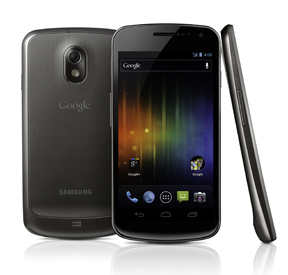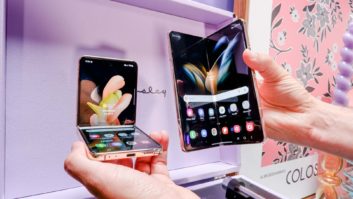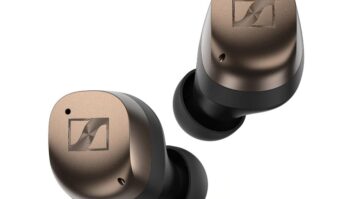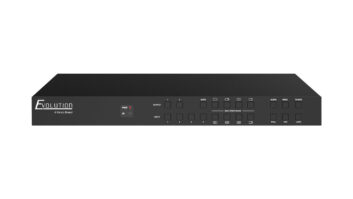Hong
Kong – The first smartphone using the new Android 4.0 (Ice Cream Sandwich) OS
will roll out globally beginning this November in 4G HSPA+ and LTE versions,
with at least one of the versions becoming available in the U.S. next month.
The
phone is the Galaxy Nexus, designed jointly by Google and Samsung to provide
what the companies called a “pure Google experience.” The phone operates in
HSPA+ mode in the 850/900/1900/1700/2100MHz bands, so AT&T or
T-Mobile could offer it in the U.S. Bands for an LTE version weren’t announced.
The companies did not specify which U.S. carriers would offer the device.

The
phone features a large 4.65-inch HD Super AMOLED 720p display paired with a
narrow 4.29mm bezel to keeps the phone’s overall size despite the large screen.
The display itself delivers a contrast ratio of 100,000:1 and a color spectrum
exceeding that of most TVs, said Samsung senior VP Kevin Packingham here at a
press conference last night. The display is also said to prevent motion blur
when playing back video.
Other key features include 1.2GHz dual core
processor, curved back, 8.94mm depth, 1080p 30 fps video capture, Wi-Fi 802.11a/b/g/n
with n at 2.4/5GHz, near-field communications (NFC) and Wi-Fi hot spot.
With the new Ice Cream Sandwich OS, the phone
also sports multiple enhancements over previous generations of Android OSs,
including facial recognition to unlock the device and such camera enhancements
as zero shutter lag and ability to take panoramic pictures by moving the camera
from left to right.
A redesigned
user interface uses gestures rather than button presses for navigation. It also
eliminates front-panel hard buttons.
The new OS also
delivers such camera-related features as face
detection, onboard photo-editing tools, automatic backup of photos in the Cloud,
ability to take time-lapse videos, ability to take high-resolution photos while
taking a video and zooming while recording.
Ice Cream also connects the device to the Cloud
to keep email, contacts, and other data synced across devices. In the U.S., users
can also upload their music to the Cloud with Music Beta by Google and listen
anywhere, even when offline.
Another new OS feature
is Android Beam, which uses NFC to share data, such as maps and videos, with
another NFC-equipped Galaxy Nexus by holding the backs of the phones together.
The Ice Cream’s new People app was described as an
evolution of a contact list, letting users view not just the phone numbers and
email addresses of a contact but also their pictures and social-network status
updates.
A new settings control lets users manage data
usage. The feature projects future data usage based on past history, lets users
set warnings when data-use thresholds are reached, and lets users automatically
cut off all data use when a threshold is hit.
Multiple Gmail improvements include offline
search of the past 30 days of email even when not connected to the Internet,
ability to select messages that can be deleted in a group, and an in-box with a
two-line preview.
In other changes, Ice
Cream enables:
— access to email notifications and other notifications from
the lock screen for the first time — the notifications area at the top of the
screen now delivers access to a music-pause button for use when a consumer
opens another app;
— a bottom-screen
favorites tray that users can customize by choosing apps and folders to add;
–a “talk-to-text”
function that has been accelerated so that voice-entry of text messages is now
“instant,” one Google executive said;
–simpler cut, copy
and paste functions that have also been made consistent among apps; and
–the saving of web
pages for off-line reading.













